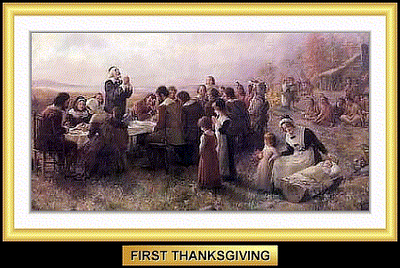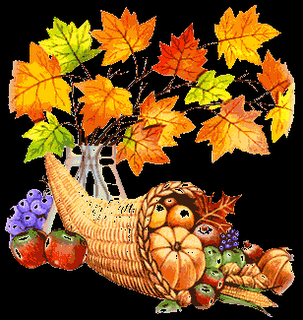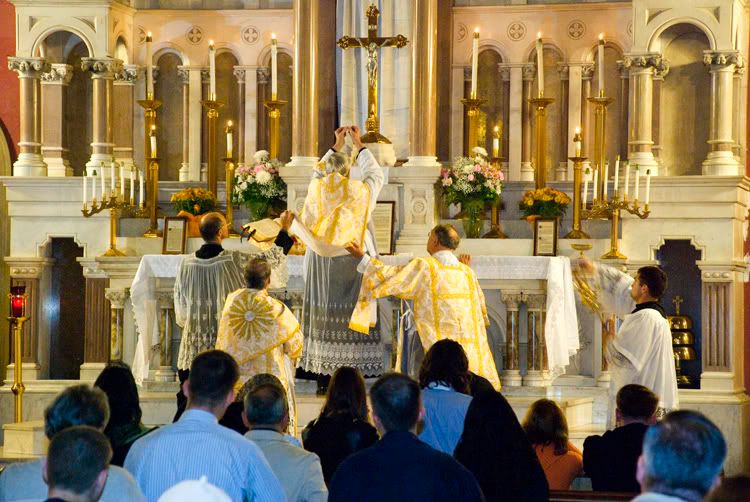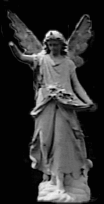 History
History Of The Day of the Dead
All Souls Day, is an official holiday of the Catholic Calendar.
All Souls Day is on November 2nd , following All Saints Day.
The choice of November 2nd is traditionally attributed to St. Odilo, the fifth abbot of Cluny (city of France famous for the Abby), because he wanted to follow the example of Cluny in offering special prayers and singing the Office of the Dead on the day following the feast of All Saints.
The day was founded to honor all the faithful departed and along with the offerings and the Office of the Dead, there are three Requiem Masses that are said by the clergy to assist the souls from Purgatory to Heaven.
The modern view of death derives in part from Pre-Hispanic times. The Aztecs played a very important role in the development of this tradition. Through their history this festival emerged as one of complexity and varied interpretations
.
The Aztecs had various perceptions of their world. Perceptions as simplistic as a "flat disc" surrounded by water, to a toad floating in a water-lily filled sea. In this world were contained different directions with various associated colors and symbols to each direction and level. One of the most important of these interpretations is that of the terms of a person's death.
The Aztecs believed that after a person died, his/her soul would pass through nine levels prior to their final destination, Mictlan - the place of the dead. They also believed that a person's destiny was founded at birth and that the soul of that person was dependent on the type of death rather than the type of life lead by that person. How a person died would also determine what region they would go to. Once they arrived to their specific region a person's soul would either await transformation or linger, awaiting the next destiny.
Two months of the Aztec calendar were devoted to the dead. The ninth month was dedicated to infants, and the tenth month included a great feast for dead adults.
The Spanish Conquest of 1521 brought about the fusion of Catholic attitudes and indigenous beliefs. The Day of the Dead was revealed as a result of amalgamation of Pre-Spanish Indian ritual beliefs and the imposed ritual and dogma of the Catholic Church.
Spiritual SignificanceThe "Day of the Dead " is celebrated by many catholic countries, worldwide. This celebration originated with the Roman Catholic's, and was established in the Catholic calendar as an official holy day. The Catholic religion is based on works, and the theological idea of Purgatory has been accepted as a means of paying for sins, and buying your way into Heaven.
Those believers who died in a "state of grace" were promised "heavenly rewards", after paying for their sins in purgatorial flames, while those who did not die in a "state of grace", were to spend eternity suffering in Hell. Catholics did, however, believe that they could pray their loved ones out of Purgatory. This practice gives us an idea of the spiritual significance of honoring the deceased.
November 1st , is the official All Saints Day, which honors all saints who attained Beatific Vision, followed on November 2nd , All Soul's Day honoring the faithful departed.
Generally, people celebrating this holiday will attend mass, sometimes exhibiting the relics of saints on a catafalque, and assist the souls of their loved ones from Purgatory to Heaven. They will then proceed to the cemetery to visit, bless and decorate the graves. This tradition is universal among Catholic countries and accepted by the church.
TraditionsMany customs are associated with The Day of the Dead celebration. In the home an altar is made with an offering of food upon it. It is believed that the dead partake of the food in spirit and the living eat it later.
The offerings, are beautifully arranged with flowers, marigolds which are the traditional flower of the dead.
There is a candle placed for each dead soul, and they are adorned in some manner. Incense is also used. Mementos, photos, and other remembrances of the dead are also adorned.


 SACRED HEART CHURCH NEW HAVEN, CONNECTICUT
SACRED HEART CHURCH NEW HAVEN, CONNECTICUT















 Official Mascot of The League of Warm & Fuzzy Traditionalists
Official Mascot of The League of Warm & Fuzzy Traditionalists






